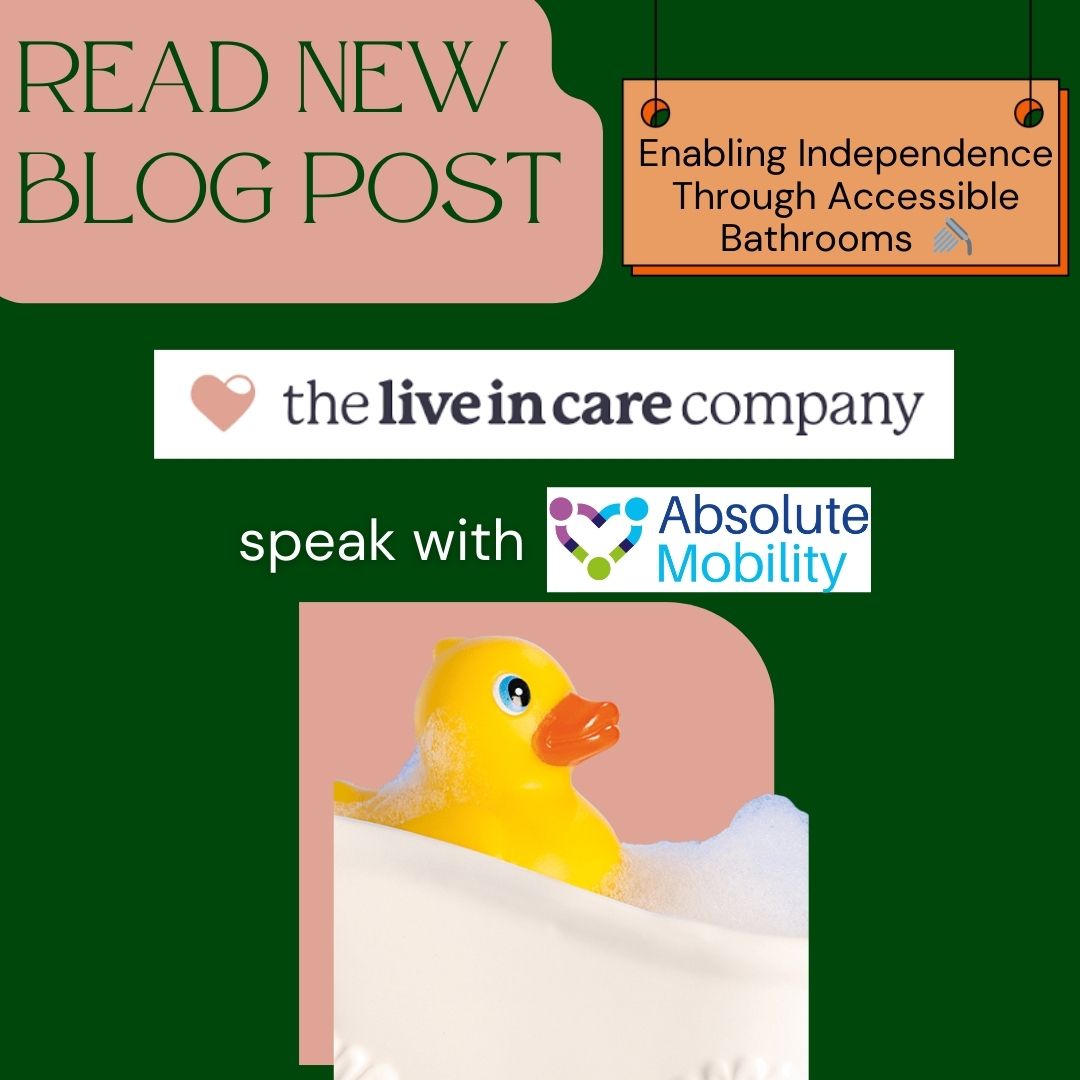
How Occupational Therapy Transforms Lives
We recently had the pleasure of sitting down with Stephanie Fleet from Think Therapy 1st to discuss the pivotal role of occupational therapy and how it complements live-in care to help people regain independence and improve their quality of life.



Speak to one of our experts
Our friendly experts are here to help from 9am to 7pm, 7 days a week.
What Exactly Is Occupational Therapy?
Occupational therapy (OT) is a discipline that helps people of all ages who have health conditions or injuries get back to their daily roles and responsibilities. According to Stephanie, OTs look at three main components: the person, their environment (home, work, and community), and the occupations they want to do (e.g., being a parent, working, hobbies, or household chores). They identify how an injury or illness is a barrier to these activities and then create a rehabilitation plan to help the person overcome those challenges.
OT is a highly creative and active field that is now seen in many unexpected places, like libraries, because of this holistic, person-centred approach. It’s a profession that’s been around for quite a while, with the Royal College of Occupational Therapy having a long history, and it continues to evolve.
Continue reading or CLICK HERE to watch the full interview
A Different Kind of Rehab: The Power of Personal Goals
Stephanie shared an incredible example of how occupational therapy can transform lives. She worked with a woman who had a significant brain injury that affected her mood and made her easily overwhelmed by noise. Standard rehab was difficult for her to engage in. Knowing the woman’s passion for animals, Stephanie created a rehabilitation plan centred on volunteering at an RSPCA animal shelter.
In this meaningful setting, tasks like stroking or feeding a cat became opportunities for cognitive and physical therapy. This creative approach allowed the client to fully engage in her rehab without it feeling like a therapy session. The results were astounding: her mood and stress levels improved, and she went on to return to work, something she had been told in the hospital she would never be able to do again. This highlights a key philosophy of occupational therapy: it’s not just about treating an injury but about helping the person get back to a life that feels whole and purposeful.
The Specialist Rehabilitation Approach
At Think Therapy 1st, they use what’s known as the Specialist Rehabilitation Occupational Therapy (SROT) approach. This method leverages the extensive experience of OTs who have worked in various settings, from acute care to community based support. This breadth of experience allows them to address multiple injuries and health conditions simultaneously, recognising that people rarely have just one issue to deal with. It’s about a high level, comprehensive rehab experience that is always tailored to the individual.
Think Therapy 1st also uses a creative project-based approach. Clients identify a goal, like learning to be a tattooist or building a model railway village, and work on it outside of their regular therapy sessions. This not only motivates them but also incorporates cognitive, physical, and wellbeing elements into a single, highly engaging activity.
A Team Effort: The Live-In Care Connection
The success of occupational therapy, especially in a home environment, depends on strong collaboration. OTs at Think Therapy 1st work closely with a client’s entire team of professionals, including physiotherapists and psychologists, to ensure a cohesive rehabilitation strategy.
This collaboration extends to the most vital support system: live-in carers and family members. As Stephanie notes, live-in carers are the “eyes and ears” on the ground, present every day and instrumental to the process. OTs work with carers to teach proper manual handling and to find ways for the person to be an active participant in their own care, rather than a passive recipient. This ensures the care is “filled with them and not for them.”
Likewise, family and friends are a critical part of a person’s support network. OTs help navigate the shifting dynamics that can occur when a loved one takes on caregiving duties, ensuring that relationships are maintained while still providing the necessary support.
In short, the partnership between occupational therapy and live-in care creates a powerful framework for recovery and regaining independence. The live-in carer provides the consistent daily support, while the occupational therapist offers the specialised, goal-oriented plan that allows the individual to rebuild their life in a way that is meaningful and sustainable.
We’d like to extend a huge thank you to Stephanie Fleet for sharing her invaluable insights. Her passion for helping people is truly inspiring. If you or a loved one are considering occupational therapy, it’s worth thinking about the specific goals you want to achieve. Look for a specialist who understands your unique needs and who can work with your wider support network, including your live-in carer, to create a personalised plan that truly makes a difference.
For more information, you can contact Think Therapy 1st directly on 0203 535 0973 or email admin@tt1st.co.uk








